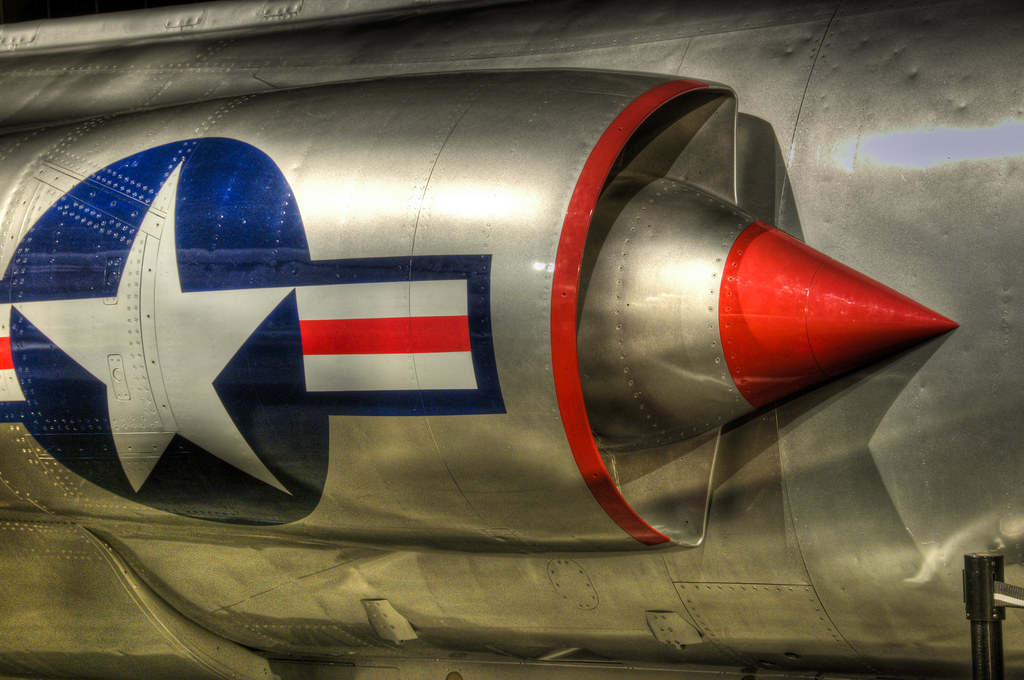
Lockheed F-104C Starfighter
The safety record of the F-104 Starfighter became high profile news especially in Germany in the mid-1960s, and lingers in the minds of the public even to this day. Some operators lost a large proportion of their aircraft through accidents, although the accident rate varied widely depending on the user and operating conditions; the Luftwaffe lost about 30% of aircraft and 110 pilots in accidents over its operating career, and Canada lost over 50% of its F-104s. The F-104 series all had a very high wing loading (made even higher when carrying external stores), which demanded that sufficient airspeed be maintained at all times. The high angle of attack area of flight was protected by a stick shaker system to warn the pilot of an approaching stall, and if this was ignored a stick kicker system would pitch the aircraft's nose down to a safer angle of attack; this was often overridden by the pilot despite flight manual warnings against this practice. At extreme high angles of attack the F-104 was known to "pitch-up" and enter a spin, which in most cases was impossible to recover from. Unlike the twin-engined F-4 Phantom II for example, the F-104 with its single engine lacked the safety margin in the case of an engine failure, and had a very poor glide ratio without thrust.
The Starfighter was commonly called the "missile with a man in it"; a name swiftly trademarked by Lockheed for marketing purposes. The term "Super Starfighter" was used by Lockheed to describe the F-104G in marketing campaigns, but fell into disuse. In service, American pilots called it the "Zipper" or "Zip-104" because of its prodigious speed. The Japan Air Self-Defense Force called it Eiko ("Glory"). A less charitable name appeared, "The Flying Coffin" from the translation of the common German public name of Fliegender Sarg. The F-104 was also called Witwenmacher ("Widowmaker"), or Erdnagel ("ground nail") – the official military term for a tent peg. The Pakistani AF name was Badmash ("Hooligan"), while among Italian pilots its spiky design earned it the nickname Spillone ("Hatpin"), along with Bara volante ("Flying coffin"). Canadian pilots sometimes referred to it as the "Widowmaker". A commonplace grim joke in Germany was that the cheapest way of obtaining a Starfighter was to buy a small patch of land and simply wait.


No comments:
Post a Comment